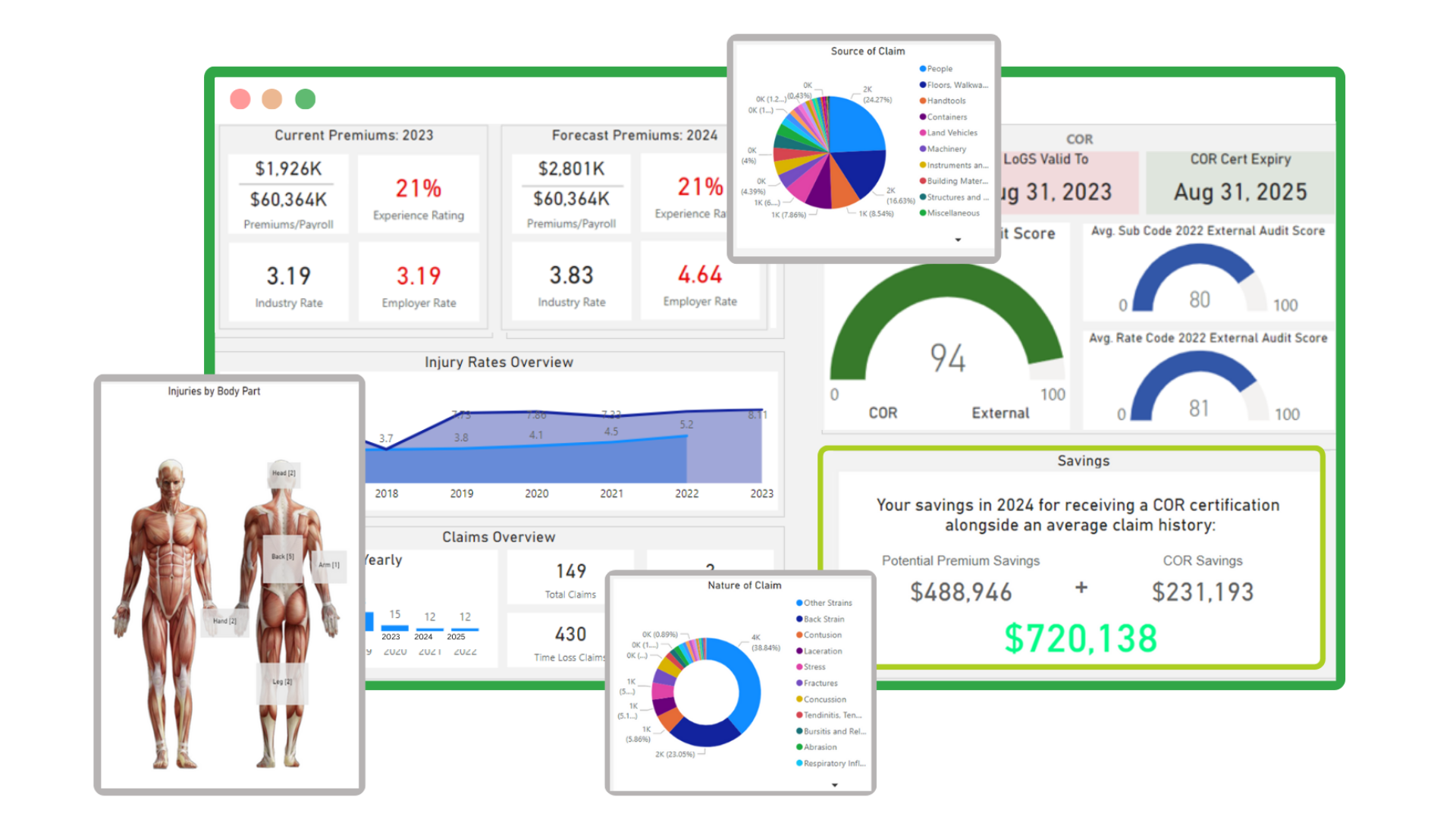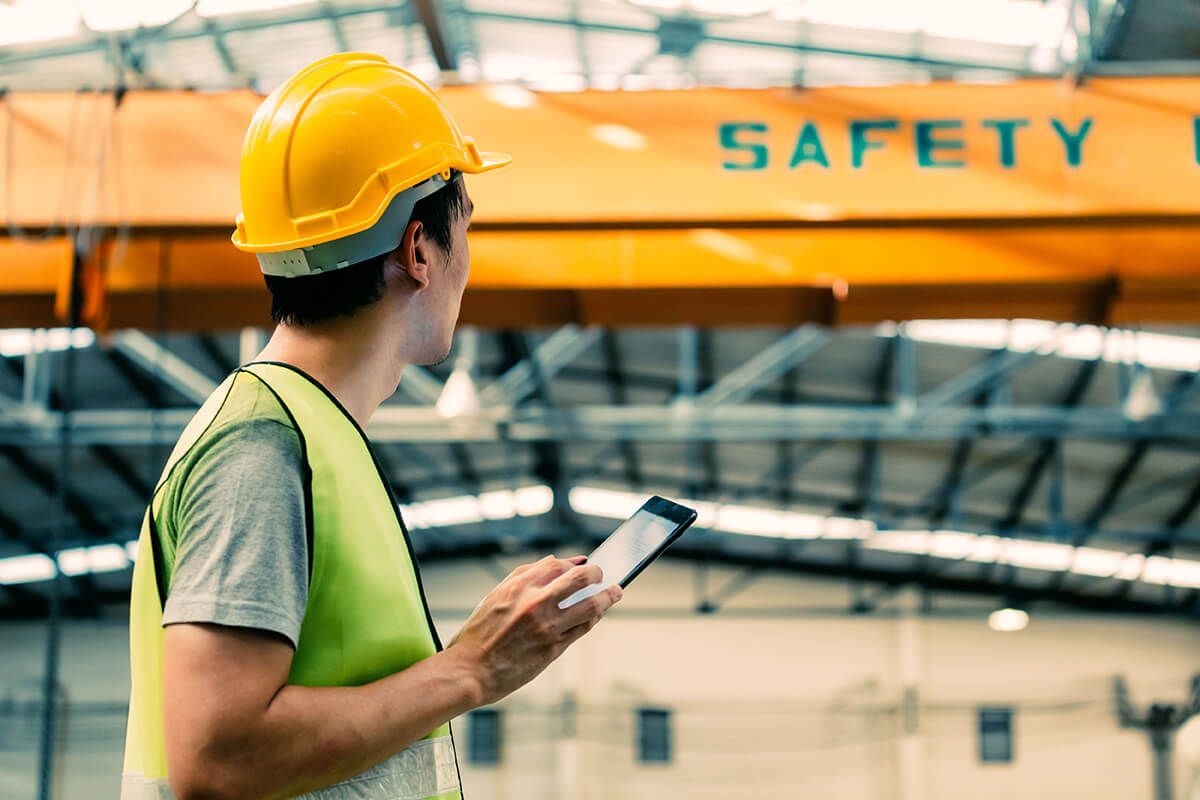Unveiling the Hidden Danger: How a Lack of Situational Awareness Undermines Workplace Safety
Author: Tony Mudd, CSP Published: 10/18/2023 Time: 3 Minutes
In workplaces across the globe, accidents and injuries are often the result of a lack of situational awareness. Situational awareness refers to an individual’s ability to understand their surroundings, anticipate potential hazards, and make informed decisions to stay safe. When workers fail to maintain situational awareness, they become vulnerable to accidents and incidents that could have been prevented. In this blog, we will explore the critical link between situational awareness and workplace safety, shedding light on the importance of this skill in avoiding accidents and protecting employees.
The Basics of Situational Awareness
Situational awareness involves three key components:
- Perception 👀: This is the foundation of situational awareness. It involves observing and understanding your environment, including potential hazards, equipment, machinery, and the actions of others. Perception is the first step in recognizing potential risks.
- Comprehension 🧠: Once information is perceived, it must be processed and understood. Workers must grasp the significance of what they’ve seen, heard, or sensed. This requires the ability to evaluate data and its implications.
- Projection 📆: With perception and comprehension in place, individuals must anticipate what might happen in the future. This includes predicting potential hazards and planning for contingencies. Workers should be able to imagine various scenarios and their outcomes.
How a Lack of Situational Awareness Leads to Accidents
- Missed Hazards 🚫: When workers are not paying attention to their surroundings, they may overlook potential hazards. This could include uneven flooring, exposed wires, or malfunctioning machinery. Failure to recognize these dangers can lead to accidents.
- Collisions and Near-Misses 💥: A lack of situational awareness can result in collisions with equipment or co-workers. These incidents often happen because employees fail to perceive the presence of others or do not comprehend the potential for a collision.
- Inadequate Response to Emergencies 🆘: In critical situations, such as fires or chemical spills, a lack of situational awareness can lead to delayed responses. Workers may not understand the urgency of the situation or may be unable to project the consequences of inaction.
- Equipment and Machinery Accidents 🏭: Failure to monitor and comprehend the status of equipment or machinery can result in accidents. Workers may not notice warning lights or abnormal sounds, leading to equipment malfunctions.
Preventing Accidents Through Improved Situational Awareness
- Training 📚: Provide comprehensive training on situational awareness to all employees. This training should include techniques for better perception, comprehension, and projection of potential hazards.
- Regular Safety Briefings 📢: Conduct regular safety briefings and toolbox talks to reinforce the importance of situational awareness. Share real-life examples of accidents caused by a lack of awareness.
- Use of Technology 📲: Utilize technology, such as sensors and alarms, to enhance situational awareness. These tools can alert workers to potential dangers and help improve perception.
- Promote a Safety Culture 👷: Encourage employees to look out for each other and report unsafe conditions. Fostering a culture of safety ensures that situational awareness becomes a shared responsibility.
A lack of situational awareness is a silent but potent contributor to workplace accidents. Recognizing this critical issue and taking proactive steps to improve situational awareness can significantly enhance workplace safety.
By emphasizing the importance of perception, comprehension, and projection, employers can empower their workers to be more vigilant, anticipate potential hazards, and make informed decisions that prevent accidents and protect the well-being of their workforce. Workplace safety is a collective effort, and situational awareness is a fundamental skill that every employee must cultivate to ensure a safer work environment. 🛠️👷♂️👷♀️👍
#safety #data #sensorisafety #workersafety #datascience #awareness











